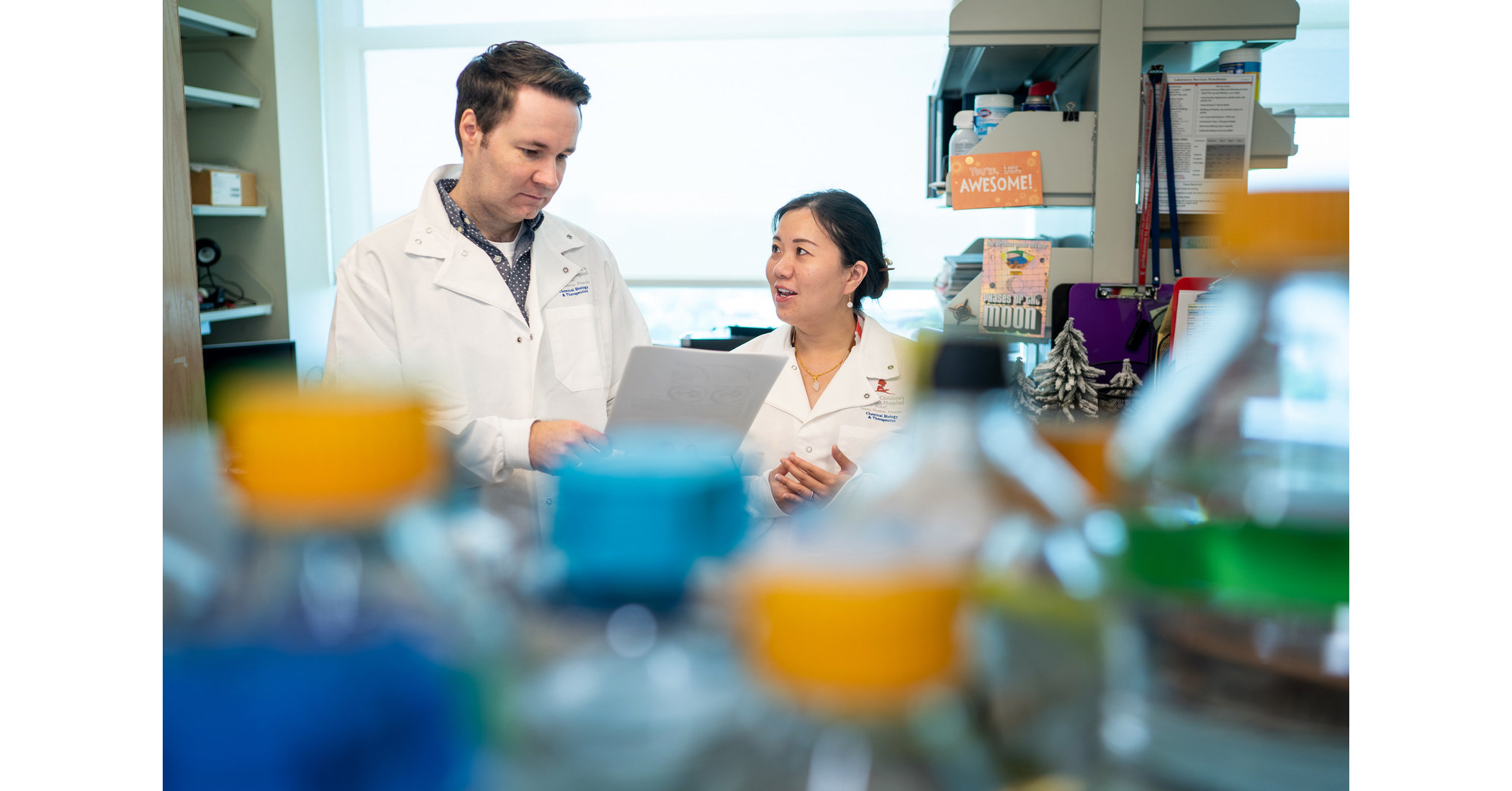In the field of biology, scientists and researchers are always on the lookout for ways to extract intracellular products from microbes. These microbes are protected by a rigid cell wall, that, in many cases, are extremely hard and require specialized techniques to break through the barrier. Cell disruption is the process of breaking open cells to release their contents, and there are a variety of physical and chemical methods that can be used to achieve this.

One chemical method is the use of enzymes to weaken the cell wall. Enzymes such as lysozyme are commonly used to break down the peptidoglycan, a vital component of bacterial cell walls. By weakening the cell wall, the bacteria become more vulnerable to other forms of disruption. Chemical agents such as detergents and acids are also used to weaken the cell wall, but these methods can often damage the intracellular products and reduce the yield of the desired protein.
Physical methods of cell disruption include mechanical methods such as grinding, homogenization, and sonication. Grinding and homogenization rely on high-pressure forces to break open cells, but these methods can often be labor-intensive and time-consuming. Sonication, on the other hand, is a faster and more efficient method. Using high-frequency sound waves, sonication creates tiny bubbles that burst when they come into contact with the cell wall. This creates small holes in the cell wall, allowing the intracellular products to leak out.
RPS-Sonic, a company founded by a group of young people with a passion for ultrasonic technology, has been at the forefront of developing innovative solutions for cell disruption. Their ultrasonic cell disruptors are designed to quickly and efficiently break down the cell walls of microbes, resulting in a higher yield of intracellular products. The founding members of RPS-Sonic have an average degree of Bachelor's degree or above and have been in the ultrasonic industry for more than 5 years.
Ultrasonic cell disruptors work by using high-intensity sound waves to create microbubbles within the cell. As the bubbles expand and contract, they create tiny tears in the cell wall, releasing the contents of the cell. Using ultrasonic technology, RPS-Sonic's cell disruptors can quickly process large quantities of cells, resulting in high yields of intracellular products.
In addition to their cell disruption technology, RPS-Sonic also offers a range of ultrasonic cleaning equipment, including ultrasonic cleaners and ultrasonic tanks. These products are commonly used in the healthcare, industrial, and automotive industries to remove dirt, grease, and other contaminants.
With their focus on ultrasonic technology, RPS-Sonic is at the forefront of developing innovative solutions for cell disruption and cleaning applications. By combining their expertise in ultrasonic technology with a passion for innovation, RPS-Sonic is helping to drive progress in the field of biology and beyond.